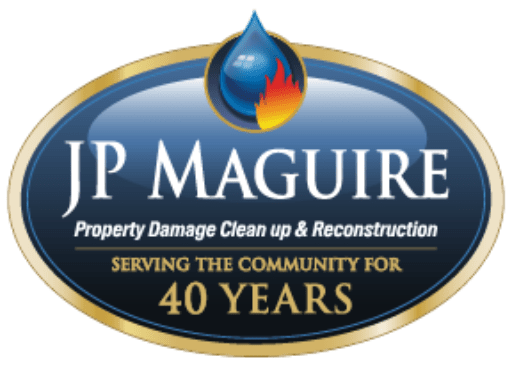As the vibrant colors of fall begin to emerge, so do the seasonal storms that can pose a significant threat to your home. Preparing for these storms is crucial to minimizing damage and ensuring your family’s safety. In this blog, we’ll cover essential preparation tips and key considerations to help protect your home from fall storms.
1. Assess Your Home’s Vulnerabilities
Inspect Your Roof: Your roof is your home’s first line of defense against the elements. Before the storm season hits, conduct a thorough inspection. Look for missing or damaged shingles, cracks, and other signs of wear and tear. Ensure that your roof is properly sealed and consider hiring a professional for a detailed inspection and repair if necessary.
Check Windows and Doors: Windows and doors are particularly vulnerable during storms. Examine all seals and weather stripping to make sure they’re intact. Install storm shutters or impact-resistant windows if you live in an area prone to severe weather. Reinforce doors with heavy-duty hinges and locks to withstand high winds.
Inspect the Foundation: Cracks or gaps in your home’s foundation can lead to water intrusion and structural damage. Inspect your foundation for any signs of damage and seal any cracks with a high-quality filler or hydraulic cement.
2. Prepare Your Yard and Outdoor Areas
Secure Outdoor Furniture: Fall storms can bring strong winds that turn outdoor furniture, garden tools, and decorations into projectiles. Secure or bring inside any loose items that could become hazards. For larger items, use heavy-duty straps or anchors to keep them in place.
Trim Trees and Remove Dead Branches: Overhanging branches can pose a significant risk during storms, potentially causing damage to your home or power lines. Trim any overhanging branches and remove dead or weakened trees that could fall in high winds.
Clean Gutters and Downspouts: Clogged gutters and downspouts can cause water to overflow and damage your roof and foundation. Clean your gutters and downspouts regularly, especially before heavy rainfall, to ensure proper water flow.
3. Protect Your Home’s Exterior
Reinforce the Garage Door: The garage door is one of the most vulnerable parts of your home during a storm. Reinforce your garage door with horizontal braces or consider installing a wind-resistant model to prevent it from collapsing under high winds.
Seal Gaps and Cracks: Check for gaps around the exterior of your home, including around pipes, vents, and cables. Seal these gaps with caulk or foam to prevent water from seeping in and causing damage.
Apply Water-Resistant Coatings: For added protection, consider applying a water-resistant coating or sealant to your home’s exterior. This can help repel water and reduce the risk of damage from heavy rain and wind.
4. Prepare for Power Outages
Stock Up on Essentials: Fall storms can lead to power outages, so it’s important to be prepared. Stock up on essentials like non-perishable food, bottled water, flashlights, batteries, and a battery-powered or hand-crank radio to stay informed.
Test Your Generator: If you have a generator, test it to ensure it’s working properly. Make sure you have enough fuel and know how to operate it safely. Generators should always be used outside and away from windows to avoid carbon monoxide poisoning.
5. Create an Emergency Plan
Develop a Family Emergency Plan: Ensure that all family members know what to do in a storm. Create a family emergency plan that includes meeting locations, communication methods, and emergency contact numbers.
Prepare an Emergency Kit: Assemble an emergency kit with essential items such as a first-aid kit, medications, important documents, and a change of clothes. Store the kit in a readily accessible location.
6. Stay Informed
Monitor Weather Alerts: Stay informed about weather conditions by monitoring local news and weather alerts. Sign up for emergency alerts from local authorities to receive timely information about severe weather and evacuation orders.
Know Your Flood Zone: If you live in a flood-prone area, be aware of your flood zone and know the risk of flooding during heavy rainfall. Consider purchasing flood insurance if you’re in a high-risk area.
Conclusion
Preparing your home for fall storms involves a combination of proactive measures and vigilance. By inspecting and securing your property, protecting your exterior, preparing for potential power outages, and staying informed, you can help safeguard your home and family against the impact of fall storms. 877-576-2484. Stay safe and prepared this fall!
